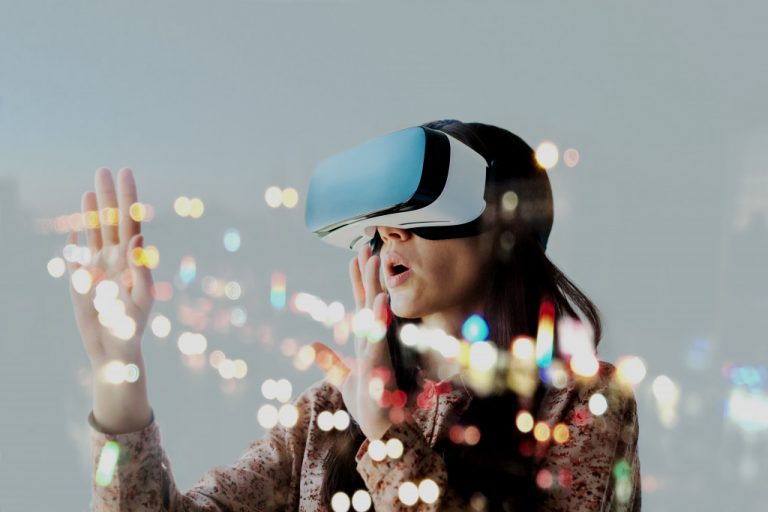For many athletes, racing is both a physical and mental challenge. It requires careful planning, rigorous training, and a lot of grit. But in recent years, technology has begun to play an increasingly important role in racing. Technology can help racers improve their performance and gain an edge over the competition, from smartwatches to virtual reality simulations. Let’s take a look at some of the ways that technology is enhancing the racing experience.
Smartwatches & GPS Trackers
One way that technology is changing the face of racing is through smartwatches and GPS trackers. With this device, you can track your speed, heart rate, and location to understand how your body reacts to different conditions during a race. Some devices even come with built-in navigation systems so you can easily find your way back to the starting line if you get lost or take a wrong turn.
Smartwatches can also measure your performance and give feedback on how you can improve. Additionally, many trackers come with apps that allow coaches to monitor their athletes’ progress in real time as they compete. With this technology, racers can better understand how their bodies react during a race, allowing them to make adjustments.
While training, you can also use technology to monitor your performance. This is particularly true if you plan to increase your speed over a specific period. In this situation, you can look for a Stalker-branded radar device. The brand offers among the most reliable and durable products in the market. It will detect your speed and provide details about your performance against previous performances. You can adjust your training to ensure improved results in future events.

Virtual Reality Simulations
Another way that technology is revolutionizing racing is through virtual reality simulations. This type of simulation allows racers to experience what it’s like to race without ever having to leave their home or gym. In addition to providing invaluable information about how their body responds to different terrain and conditions, this type of training also helps racers develop strategies for dealing with unexpected obstacles on race day.
Virtual reality simulations can simulate different terrains, weather conditions, and even times of the day. This allows racers to practice and hone their skills in a safe, controlled environment before actually jumping into the race. With access to this technology, racers can cut down on practice time on the track while still receiving valuable feedback and instruction from their coach.
Virtual reality simulations can even be used to practice mental skills and strategies. These simulations include remaining calm in the face of competition or adjusting your strategy if the terrain suddenly changes mid-race.
These simulations are also a great way for racers to stay motivated by providing them with a realistic race experience. By simulating the environment of an actual race, racers can keep their skills sharp and be prepared for whatever comes their way on race day. With virtual reality simulations, racers can also create customized race scenarios to practice in, allowing them to tailor their training sessions specifically to their needs.
Data Analytics
Finally, data analytics are also playing an increasingly important role in racing. These tools allow racers to monitor their performance in real time so they can adjust their strategy accordingly. Data analytics also provide valuable insights into how other racers perform so you can compare yourself against them and identify areas where you may need improvement. Combined with traditional training methods such as weight lifting and interval workouts, data analytics can be invaluable for improving your performance on race day.
Data analytics can also help teams gain a better insight into their performance. This information can then be utilized to make adjustments that will benefit everyone involved, from the racers themselves to the promoters running the events. Data analytics are quickly becoming an integral part of racing, and it will be interesting to see how they continue to shape the sport in the future.
Data analysis can also be used for evaluating race participants’ skills and successes. It also enables teams to better understand how their teams stack up against other teams on the track. This information can be used to adjust strategies and develop new approaches for improving the whole team’s performance.
Data analysis can also be employed to identify areas that need improvements, such as tire wear or fuel efficiency. By collecting data on different performance components, teams can make more informed decisions and adjust to reach peak performance levels.
Technology provides athletes with powerful tools for monitoring their progress and gaining an edge over their competition during races. Smartwatches, virtual reality simulations, and data analytics are some of the ways that technology is revolutionizing the world of sports by giving athletes unprecedented insights into their performance levels on race day. With these tools, athletes have more control over how they compete—and that makes all the difference!












